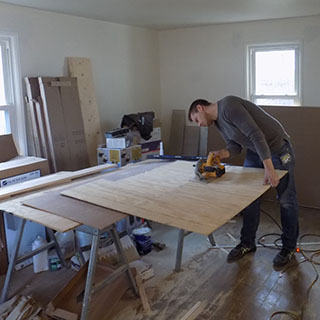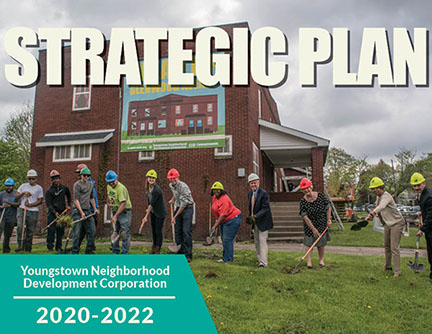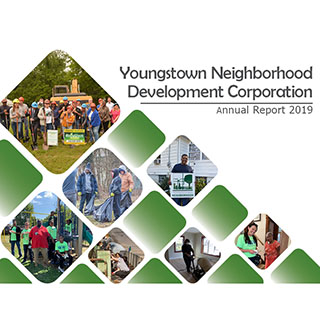Youngstown 2010, a detailed plan focusing on revitalizing the city through “smart shrinkage,” received national and international attention and recognition.
But a scholarly study, published in the Journal of the American Planning Association, describes the plan as “a cautionary tale” and notes that it’s easy to talk about smart growth by embracing a shrinking city — “but harder to realize.”
The report was written by Brent D. Ryan, an associate professor of urban design and public policy in the Department of Urban Studies and Planning at the Massachusetts Institute of Technology, and Shugi Gao, a lecturer in the Department of Urban Planning at the School of Architecture at Southeast University in China.
“Today, 15 years after the comprehensive plan was issued, Youngstown remains a city with large numbers of vacant parcels, an anemic economy and serious social challenges,” they wrote. “The need for urban planning to engage the city’s challenges remains.”
What do they believe caused Youngstown 2010 not to be fully implemented?
“In Youngstown, the combined persistence of growth-oriented ideology, entrenched property rights, resilient historic land-use arrangements, financial limitation and political shifts limited the implementation of the city’s ambitious, nonstatutory, smart shrinkage-oriented comprehensive plan.”
FACE OF 2010
Former Youngstown Mayor Jay Williams — the face of Youngstown 2010 as the city’s Community Development Agency director when the city held 11 neighborhood meetings in 2004 to help shape the plan — said: “I don’t disagree with the conclusions” of the study.
When asked if Youngstown 2010 was a success, a failure or something in between, Williams said: “It is to a certain extent all of the above.”
Williams, now the president and CEO of the Hartford Foundation for Public Giving in Connecticut, rode the Youngstown 2010 plan into a 2005 election as the city’s first black mayor and the first independent elected to the position in more than 80 years.
Williams said of the plan: “One of the important things is that it changed the narrative in Youngstown and about Youngstown. The narrative leading up to Youngstown 2010 was the collapse of the steel industry, political corruption and organized crime. It’s still part of our history, but the plan changed the narrative on a local, national and international level.”
The plan, he said, “planted the seeds on downtown development. The Youngstown Neighborhood Development Corp. had its origins in it, and it emerged as a powerful force in the neighborhoods. It should be considered a success.
To see the full story from The Vindicator, click here.
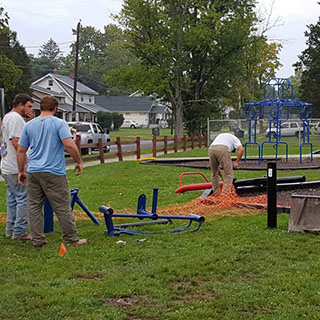 ,
, 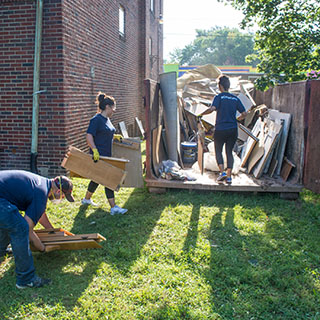 ,
, 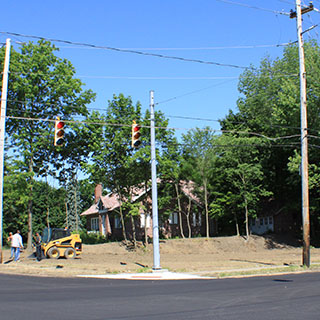
 ,
,  ,
, 
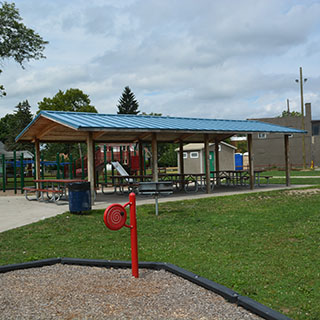 ,
, 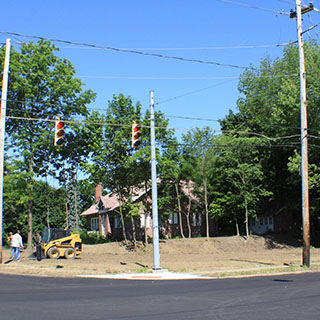 ,
, 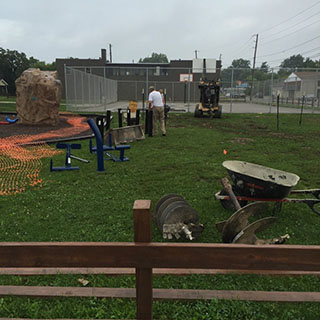
 ,
,  ,
, 
